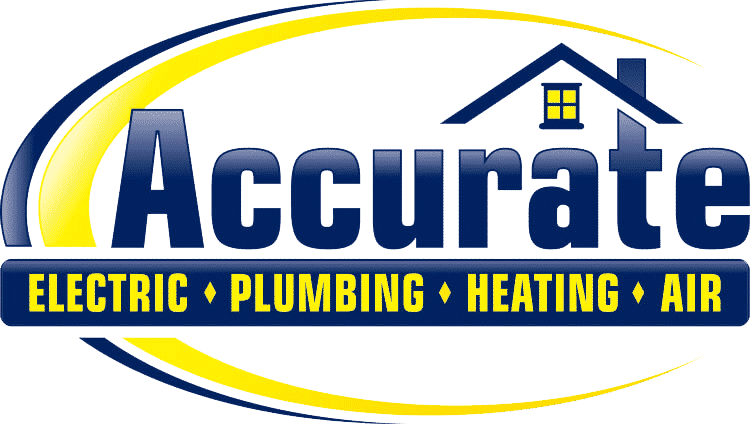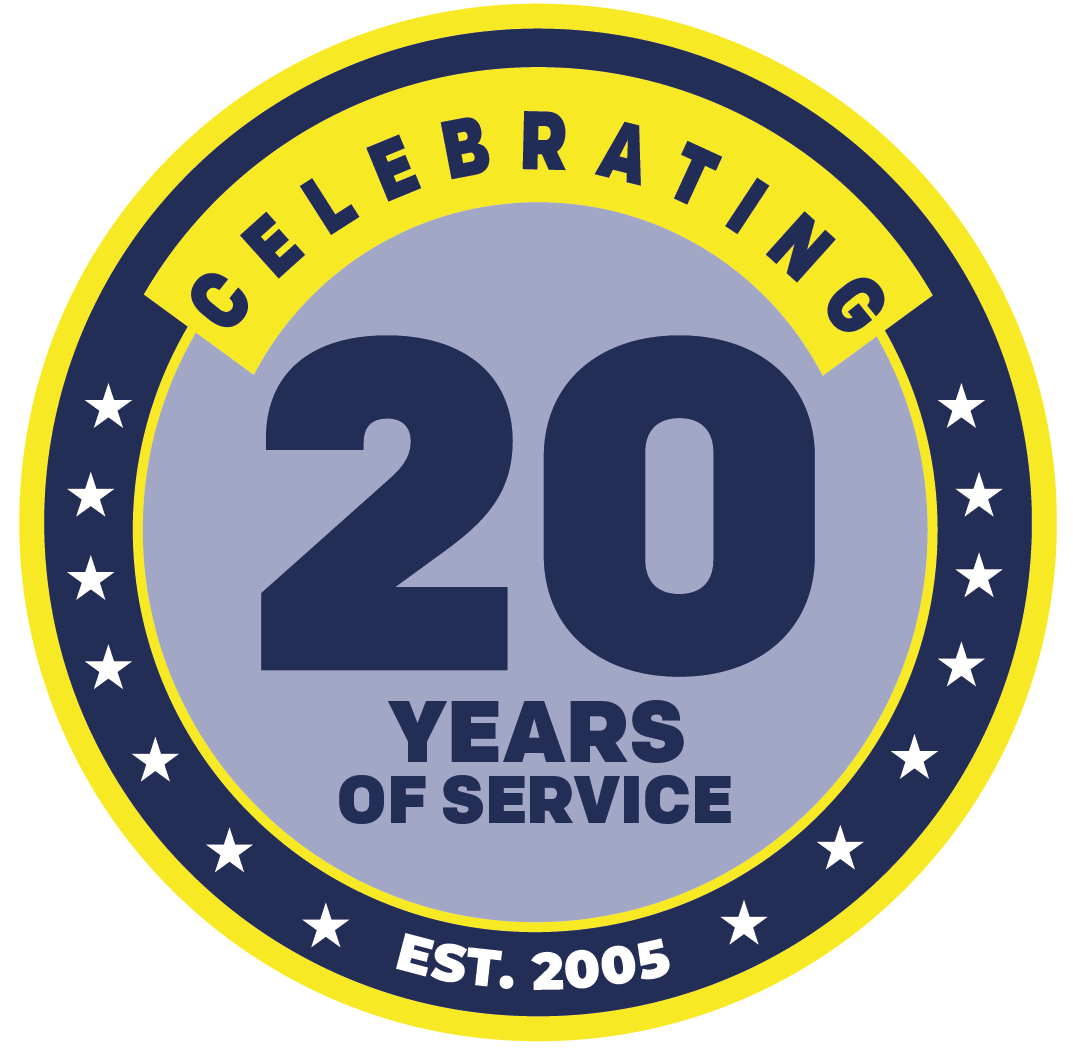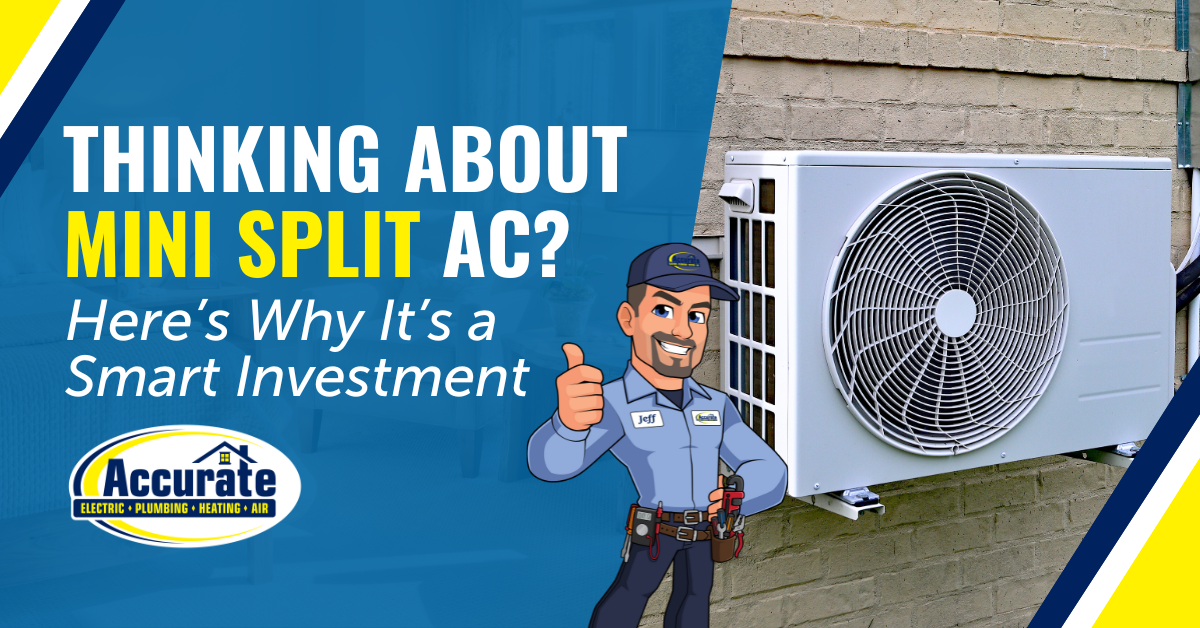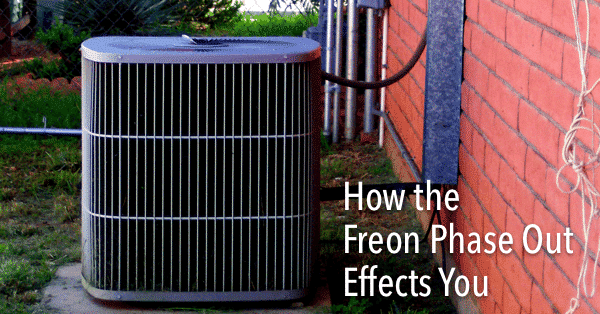
What is the situation?
Concerns had developed prior to the 1980s from the Environment Protection Agency (EPA) about Ozone Depleting Substances (ODS) and the harm they can cause. ODS’s pose a threat to our stratosphere ozone layer endangering life on earth from the sun’s ultraviolet radiation. Since 1995 R-22, known by the common brand name Freon, has been getting phased out from being the reliable go-to refrigerant for your home air conditioning unit or heat pump. R-22 has been reclassified as an environmentally dangerous HCFC (hydrocholorofluorocarbon) containing ozone-destroying chlorine. As a result, the government has developed a plan to remove it from the market entirely.
Now with the Clean Air Act’s several regulations and compliance dates coming into effect as of January 1st, 2017, R-22 will essentially be no more by 2020. 95.5% of R-22 will be fazed out of the United States with the banning of its production. By 2030, all R-22 Freon must be destroyed within the disposal guidelines set forth by the U.S. government and any possession, distribution or use of R-22 will be against the law.
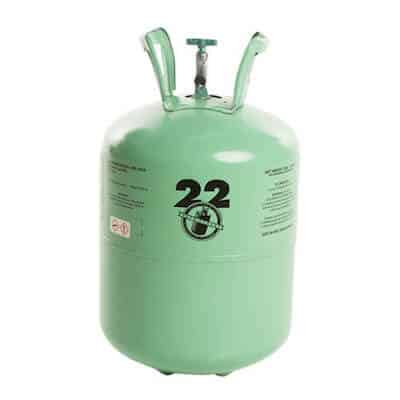
As of January 2010, air-conditioning and heating pump equipment using R-22 have not been manufactured. While the regulations take R-22 off the market in the next 3 years, existing units dependent on R-22 may become extremely pricey to keep running.
An air-conditioning unit or heat pump has a life expectancy of about 15 years. Existing units using R-22 will still be able to be serviced but as the supply lessens the price will increase and could even double within the next year. There have been alternative refrigerants made available to R-22 such as R422B or R410A (more environmentally friendly products), but you cannot mix the refrigerants. Replacing R-22 with the new refrigerants will come at a cost for draining and disposing of materials, and some units may not be compatible to even use the alternatives.
Leak mandates have increased as well. Cooling equipment that uses more than 50 lbs of R-22 must be repaired from leaks within 30 days of notice. While there are exceptions to this rule listed on the EPA website, leak thresholds that trigger the duty to repair refrigeration have been lowered: Industrial Process Refrigeration goes from 35% to 30%, Commercial Refrigeration Equipment goes 35% to 20% and Comfort Cooling Equipment lowers from 15% to 10%. There will be mandatory quarterly and annual leak inspections for refrigeration and air-conditioning equipment that has exceeded these threshold leak rates. The Government and the EPA have even established new record keeping guidelines to ensure follow-ups on repaired equipment. This is a big change to push for a better and cleaner environment within the United States.
So What Does This Mean for You?
As a Homeowner, you will have a choice to make. Fixing your unit in a hurry when it gets hot outside at a lower cost to keep it running or, committing to a total system replacement to avoid further problems in the long run. Here are a few things you may want consider:
The Quick Fix
- You can replace your outdoor unit while leaving the older indoor unit components in place. This works if the indoor coils are R410A refrigerant compatible.
- You can replace your broken compressor in the outdoor unit with a model that’s similar. If you do this you will still need to consider your future as R-22 becomes unavailable.
- You can upgrade your current unit with a higher quality retrofit. This could lower your energy bills in the long run but may be a little more expensive as a quick fix option.
Get a New One
- If your unit is more than 20 years old you should probably consider replacing it. Make sure you call Accurate as the installation process is key in ensuring the unit runs efficiently without causing your utility bills to skyrocket.
- If you are consistently having problems with the performance you may want to look into pricing out a new system.
- If your energy bills are increasing at an alarming rate you should look into a system replacement.
At the end of the day, environmentally speaking, the disposal of R-22 Freon from the market is great for the planet and our own well-being. Sometimes these kinds of changeovers can be expensive or inconvenient because of the systems that are already set in place. There are multiple options to overcome this change and Accurate can help you through this phase-out. Whether we can help you retrofit your old unit or replace your system with a newer lower energy-costing unit, we want to put you in the position where you won’t need R-22 to cool off on those hot days in SoCal.
